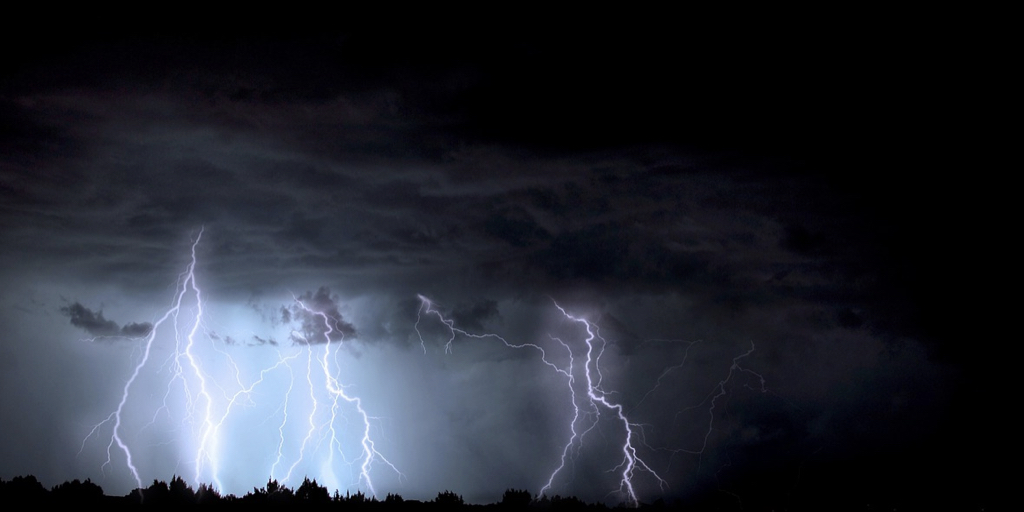Retirees may face a perfect storm of economic conditions.
Stagflation may not be where we are today but it could be where we’re headed. “I actually lived it. I was a kid but I remember how painful it was,” Diane Swonk, KPMG’s chief economist, told the Observer. “That’s not where we are today; stagflation today would require a pretty large increase in unemployment and a pretty large increase in inflation”.
There are growing concerns among economists that the U.S. could be heading into an extended period of stagflation- a perfect storm of economic conditions.
If you lived through the 1970s and were old enough to observe the change in your or your parent’s lifestyle you may appreciate the economic pain that stagflation entails. In our family of eight, we canceled our milk deliveries from our local milkman and switched to powdered milk. Red meat became more scarce in the weekly menu and sloppy joes were a weekly tradition.
Stagflation is an economic cycle characterized by slow economic growth (GDP), stubborn or rising inflation, and high unemployment. Essentially a stagnant economy with higher than average inflation.
Recent economic indicators show that inflation remains well above the Federal Reserve’s target of two percent with the most recent CPI report showing headline inflation at 3.5%. However, in a white paper, UBS notes, “Stagflation needs two more factors: a period of lax fiscal and monetary policy, plus the appearance of an external supply shock that disrupts the economy”. Presently, we have the first and could face the second should global conflicts disrupt the flow of oil or other commodities.
Stagflation is an economist’s catch-22. If the Fed pushes too hard to curb inflation through quantitative tightening or raising rates they could exacerbate unemployment. However, if the central bank cuts rates to stimulate a struggling economy they could stoke the fires of inflation even further. While the Fed’s rate hikes have brought inflation down from its 9.2% high in June 2022, both core and headline inflation appear to have become sticky with the CPI hovering over 3% since last July.
Michael Hartnett, Bank of America’s chief investment strategist is sounding the alarm seeing what he calls ‘stagflationary’ economic data. “The labor market is cracking in the U.S., and at the same time there isn’t a human being in America that thinks inflation is getting to 2 percent”, said Harnett in a Bloomberg TV interview in March.
While the U.S. GDP is outperforming other G7 nations, cracks are beginning to form throughout the economy as both the commercial and residential markets struggle under higher interest rates. But more importantly, how are retirees impacted? For savers, their retirement plan likely doesn’t factor in infrequent economic scenarios like stagflation which could erode their earnings and purchasing power. It would also increase the probability retirees may need to provide financial assistance for their adult children.







No comment yet, add your voice below!